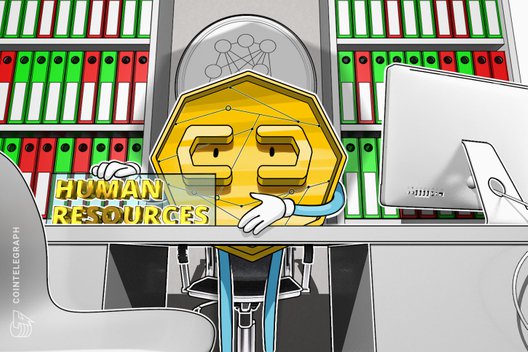Bitcoin vs Ethereum: Community split between capped supply and deflationary model
Bitcoin proponents argued that Ether’s monetary policy has changed at least seven times while BTC has seen zero changes.
851 Total views
3 Total shares

Own this piece of history
Collect this article as an NFT
Bitcoin (BTC) and Ether (ETH), the top two cryptocurrencies by market capitalization have always been pitted against each other. With the start of the new year, the first debate has surfaced comparing BTC’s capped supply of 21 million and ETH’s deflationary supply and which of the two qualifies as more sound money.
An Ethereum-focused Twitter handle called ‘ultra sound money’ compared the issuance supply of both crypto and suggested that “if capped-supply BTC is sound then decreasing-supply ETH is ultrasound.”
— ultra sound money (@ultrasoundmoney) January 15, 2023
The comparison between the two didn’t sit well with Bitcoin proponents who were quick to point out that soundness comes from the credibility of the monetary policy and not an ever-changing one. Dan Held, a popular Bitcoin proponent pointed out the flaw in the argument and noted that a constantly changing one has less credibility. He said:
“Time builds trust with humans, it’s not all about code. According to your logic, if we spun up another crypto with more deflation, that would be “sounder.”
Another Bitcoin proponent questioned the credibility of Ethereum’s monetary policy, reminding that the same monetary policy has “changed a least 11 times in its 7 years of existence.” On the other hand, Bitcoin has not changed its monetary policy in double the time eth has existed.
Ether became deflationary in Aug. 2021 with the introduction of the Ethereum Improvement Proposal (EIP)- 1559. The upgrade introduced a burn mechanism that automatically burns a portion of the transaction fee which decreases the overall ETH circulating supply.
In response to the argument by Alex Gladstein that said “admins” can arbitrarily change Ethereum’s monetary policy, Independent Ethereum educator Anthony Sassano claimed that every change on the Ethereum network has been approved by the thousands of node operators run by community members.
The term “admins” implies that there is a small group with superuser powers that can change things on Ethereum which is completely false and has been proven false many times.
You can believe what you want about the sound money vs ultra sound money debate.
— sassal.eth (@sassal0x) January 16, 2023
Leo Glisic, founder of Maitri network said that ETH has become sound money now but BTC won’t hit cap until 2140.
Bitcoiners argument that if a network’s monetary policy can be tweaked multiple times makes it less credible comes from its own past. Bitcoin has faced similar monetary change and tweaking of the original code in the past as well. The most notable one came during the 2017 era when there was a growing demand for increasing the Bitcoin block size to accommodate more transactions per block and make it more scalable.
Related: Bitcoin steps out of ‘fear’ for the first time in nine months
The majority of the Bitcoin community remained against making any changes to the original code of Satoshi Nakamoto. As a result, the crypto ecosystem saw a hard fork in 2017 leading to the formation of Bitcoin Cash (BCH), a cryptocurrency with a block size of 8 MB against BTC’s 1 MB. However, today BCH is ranked 26th with very low on-chain development and is currently trading at 97% low from its all-time-high.









